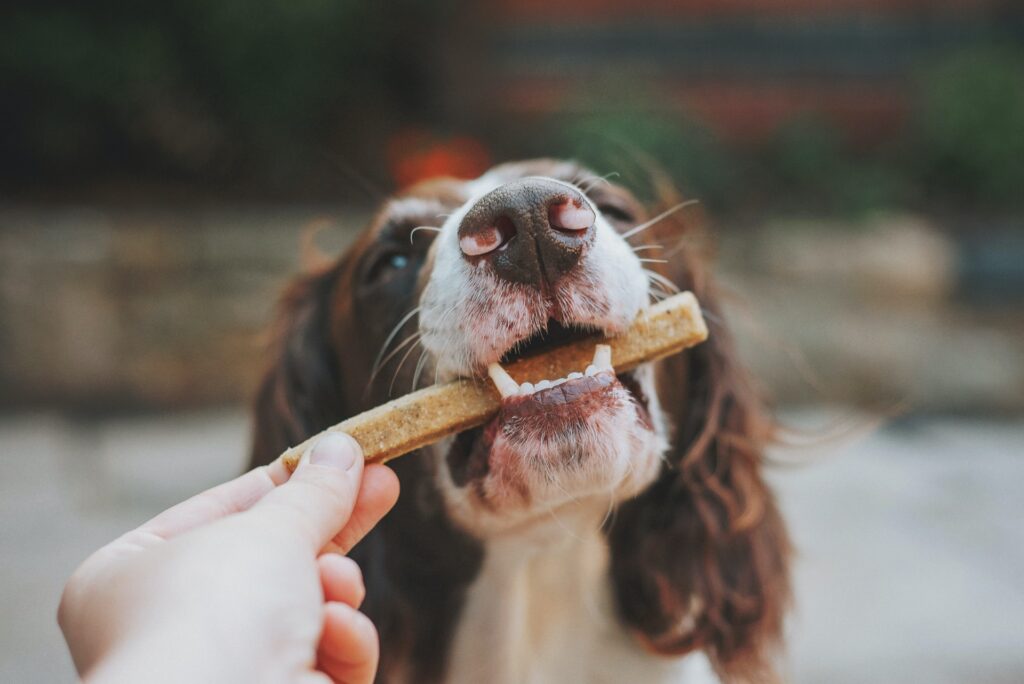Feeding And Keeping Your Dog Healthy
A healthy puppy should be bright-eyed, roly-poly, loose-skinned, devoid of skin problems, eager for food, and energetic. It should not be shy or timid.
Ask one of your parents to take the puppy’s temperature if it appears warm or drowsy most of the time. A dog’s typical body temperature is between 38 and 39 degrees Celsius. Call your veterinarian if the temperature climbs above 39 degrees.
When you acquire your puppy, find out what vaccines it has had and when they were given. If it hasn’t had distemper, infectious hepatitis, leptospirosis, or rabies vaccinations. Take it to a veterinarian right away to be examined. Then you can obtain annual boosters. It’s also a good idea to find out whether your puppy has been wormed. Worms infect almost all pups at some point.
You should give your puppy the same food as the owners for the first several days. If you want to modify your diet, start slowly. Every day, feed a small amount of the new meal along with the old.
Puppies between the ages of 6 and 10 weeks may be fed four times each day. From ten weeks to six months, three times a day should enough. After six months, once a day will enough. After a year, eating once a day plus a biscuit for breakfast is plenty.

Meat should be the primary source of nutrition for your dog. Beef or horsemeat can be purchased fresh, tinned, or frozen. The meat does not need to be cooked, but it should be served at room temperature. Combine the meat with a soaked dog food or kibbled biscuit, soup, or milk. The meal or biscuit can be purchased in a supermarket, feed store, or pet store. Vitamins and minerals are essential for puppies, and your veterinarian may provide you with vitamin pills that your dog will love chewing.
Well-cooked chicken, lamb, beef hearts, liver, and green vegetables are also healthy to feed your dog. Dogs will love hard biscuits that are the correct size for their mouths, as well as dog sweets. A small amount of cooked rice or dry toast may be beneficial to the dog while it is unwell or recuperating.
Between the ages of 4 and 5, a puppy’s baby teeth fall off. It will be grateful for rawhide strips or cow hide to gnaw on. They’re available in supermarkets and pet stores. These strips will also help prevent your dog from chewing on your shoes and furnishings. Special hard marrow bones are also available at pet stores and markets to aid teething and maintain new teeth clean and healthy.
When housebreaking a puppy, leave a bowl of water out so that your dog can drink at any time, but remove the water source at 5 or 6 p.m. This will assist the puppy in sleeping through the night without making any mistakes.






